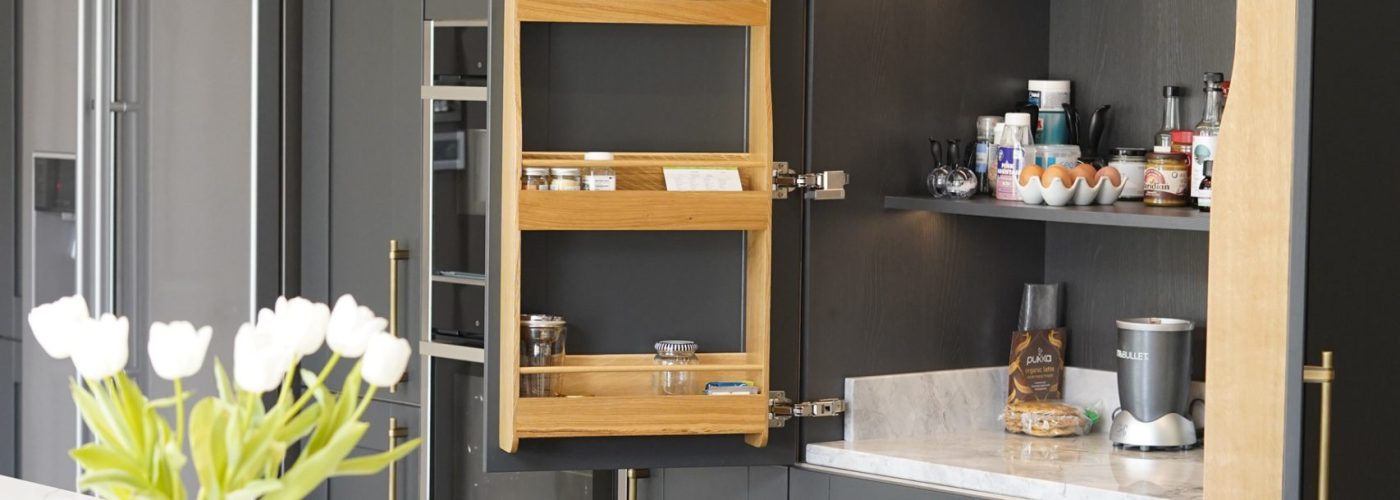British designer and manufacturer of quality fitted furniture, Daval, shares its expertise by giving its five best power questions to ask your kitchen designer in order to empower you and your home.
“As the kitchen living space is such a key part of today’s home and family lifestyle, it is crucial for consumers to have confidence in their design team and understand every aspect of the process. By facilitating open and transparent conversations between designers and clients, the KBB industry as a whole can provide exemplary service and help homeowners to find the right kitchen to suit their property as well as their daily routine,” said Managing Director, at Daval, Simon Bodsworth.
1: How sustainable is this kitchen? As the UK adjusts to life after Brexit and looks to support British manufacturing as well adopting more sustainable strategies when building, it is increasingly important to ask about sustainability when it comes to kitchen manufacture. Ask your designer about the provenance and longevity of materials and factory processes so you can build up a picture of how many ‘design miles’ your kitchen will need to travel and how eco-conscious the manufacturer is. It is also important to ask about various kitchen elements can be recycled when they reach the end of their lifespan so you can make an informed decision as a responsible homeowner. A reputable manufacturer will be keen to mention its awards and credentials for ethical product sourcing and processes so it pays to do your research online as well as in the showroom to be sure that you are buying from a brand which inspires your trust.
2: How hygienic is this kitchen? With health and hygiene is a new cornerstone of family kitchen design, especially as the ‘worried well’ are taking a keen interest in optimising wellness. This is increasingly important in an open plan kitchen which is ‘the nerve centre of the home’ and experiences more foot traffic. With this in mind, look out for anti-bacterial adding extra protection to kitchen surfaces. These coatings are more resistant to the growth of bacteria and help minimise the risk of cross-contamination when prepping food. Anti-bacterial coating brings another level of protection to kitchen surfaces, especially if members of your household suffer from allergies, have low immunity or there are pets in the house. Stainless steel drawers, presentation-style glass panels and anti-fingerprint surface treatments also serve as a barrier and will protect you and your family against harmful substances so your kitchen furniture remains durable and non-toxic to your health and home environment.
3: Can this furniture be tailored to my needs? Custom-made kitchens that enhance both work and social life continue to grow in popularity, and this is inspiring open-plan spaces that are family-friendly and encompass kitchen, dining and living areas in one. With this in mind, ask your designer about flexible features such as banquette seating, integral breakfast bars and extra power points which should be considered at an early stage of planning to ensure the ‘fundamentals’ are planned-in so that you can conveniently charge your laptop, smart phone or other electronic device in a dedicated area of the kitchen: great when working from home or enjoying some down time with friends and family.
4: Will this kitchen complement my house and lifestyle? The days of ‘off-the-peg’ kitchens are long gone as we all embrace our own personal style and individualism at home. If you are looking to create a particular look that you wish to carry through into the kitchen then flag it to your kitchen designer so that he or she can explore made-to-measure, made-to-order furniture which will fit your space perfectly. Always be honest about your practical needs too, especially if you are looking for a designated utility room or want to accommodate a pet bed. Do not edit yourself when it comes to talking about your favourite colours and textures in the kitchen as your designer needs to know what you like and how your prefer to use your space. Make sure that you can refer to a manufacturer’s website and social media for design inspiration so you can have a better idea of the how it will look in real life in different colours and finishes.
5: What are the storage possibilities? As the kitchen living dynamic has expanded to include home office and home entertainment elements, you need to be sure that everything from recycling bins to bar ware and paperwork can be stored safely when not in use. Careful thought needs to be applied to the layout of the kitchen as for instance, a larder will inevitably store food, groceries and other provisions and so it needs to always remain close to hand and be protected against adverse conditions like direct sunlight or extreme temperatures. In fact, you are best served positioning any larder storage next to the fridge as it will ensure the pantry goods are right next to the fresh foods for optimum convenience. It also pays to enquire about high volume food storage so that you have peace of mind knowing your essentials can always be housed. For example, small mezzanine racks provide additional storage space in cupboards with pull-out rack systems and combination shelving is a way to create one complete area, which caters to multiple needs.





